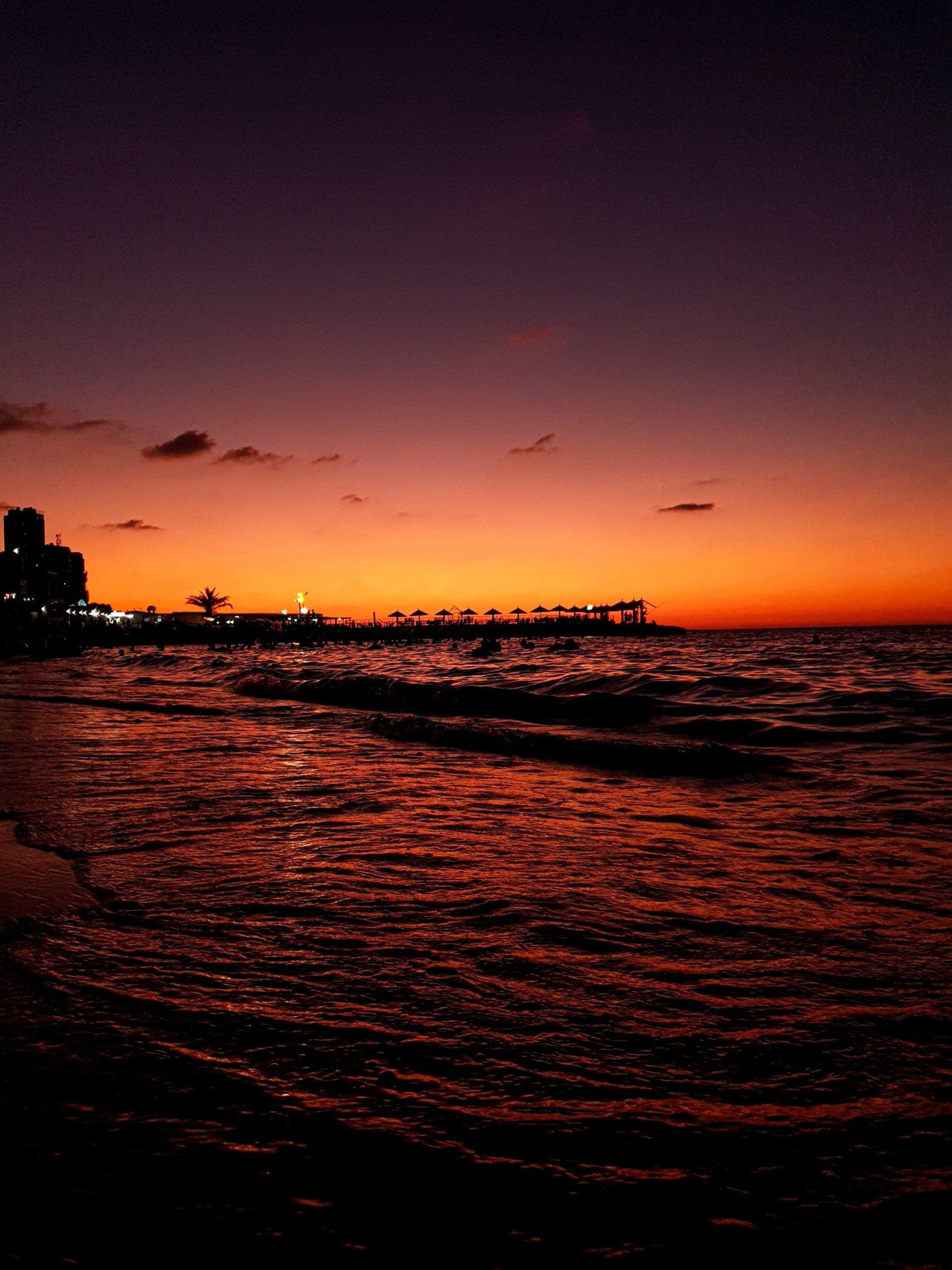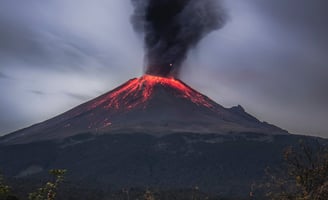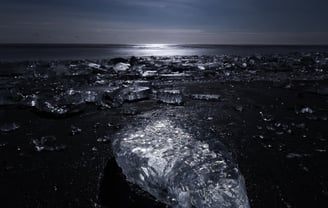Help keep this website stay online by supporting us in ways you can!

The first time the sun was blocked, we saw what happened.
V. George
3/3/20242 min read


climate change:
Back in April 1815, the sun was blocked, causing temperatures to plummet by as much as 5 degrees Celsius (9 degrees Fahrenheit) below the average. This drastic cooling led to widespread crop failures and famine, contributing to significant social and political upheavals. It was famously dubbed the "Year Without a Summer.
Recently, the US openly announced funding for a 5-year research plan on altering the Earth's climate artificially. The idea revolves around mimicking the effect of a volcanic eruption by spraying aerosols into the stratosphere, thereby reflecting sunlight and potentially mitigating climate change.
This concept traces back to the eruption of Mount Tambora in 1815, one of history's most powerful volcanic events. The eruption spewed an estimated 160 cubic kilometers of ash and debris into the atmosphere, forming a colossal volcanic cloud that obscured the sun globally. Consequently, temperatures dropped, leading to widespread famine and a severe cold spell, notably in Europe and North America.
Analyzing the Mount Tambora eruption data suggests that replicating similar volcanic clouds and gases could indeed block the sun's light and radiation, resulting in a cooling effect on the climate. However, the historical data also serves as a cautionary tale, emphasizing the substantial problems associated with cooling the climate on such a massive scale.
While the United Nations acknowledges the potential of this approach, critics express concerns regarding the ethical implications and the potential risks associated with large-scale experimentation.
The eruption of Mount Tambora serves as a stark reminder of the immense influence of volcanic activity on the global climate. It prompts us to reflect on the delicate balance of nature and the unpredictable consequences of tampering with such intricate systems.
The question remains: Should we proceed with sun-blocking methods as a solution to combat climate change? History offers lessons, warning us of the complexities and unforeseen challenges that altering the natural order can bring.
As debates persist and research progresses, it's crucial to consider not just the potential benefits but also the ethical, social, and environmental ramifications that such interventions might entail.





